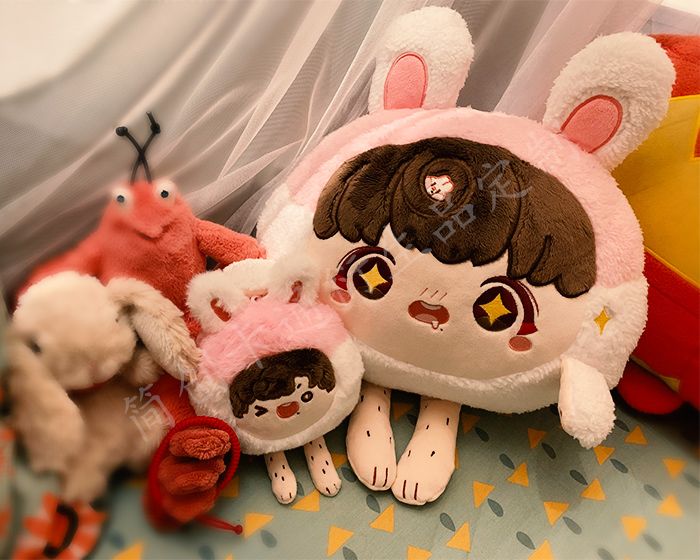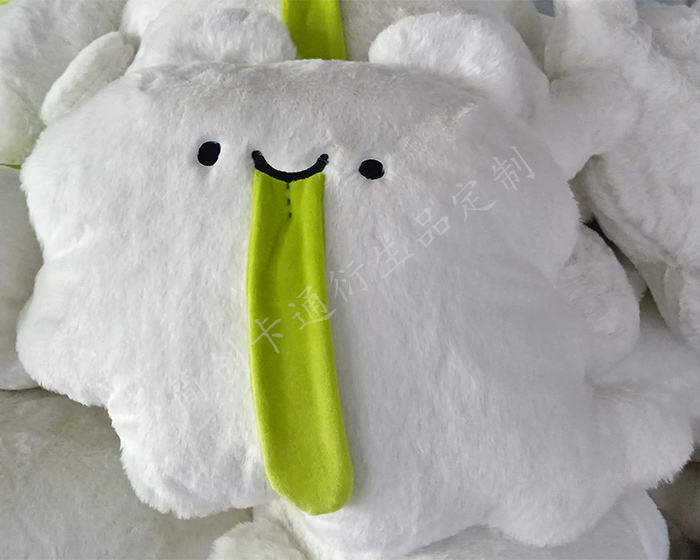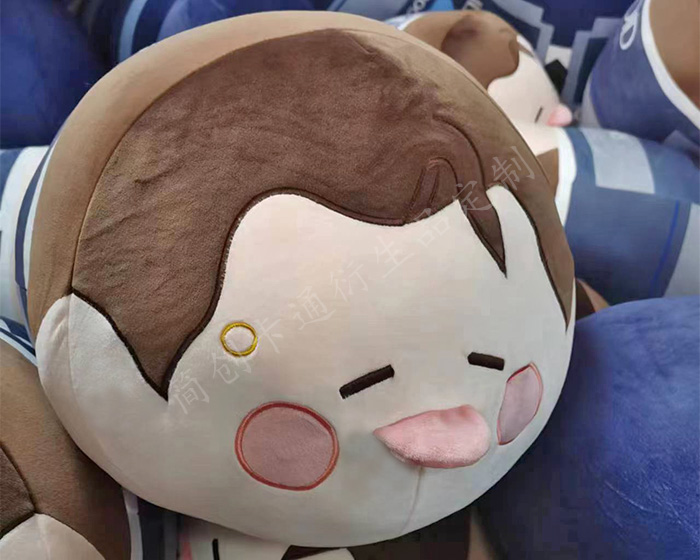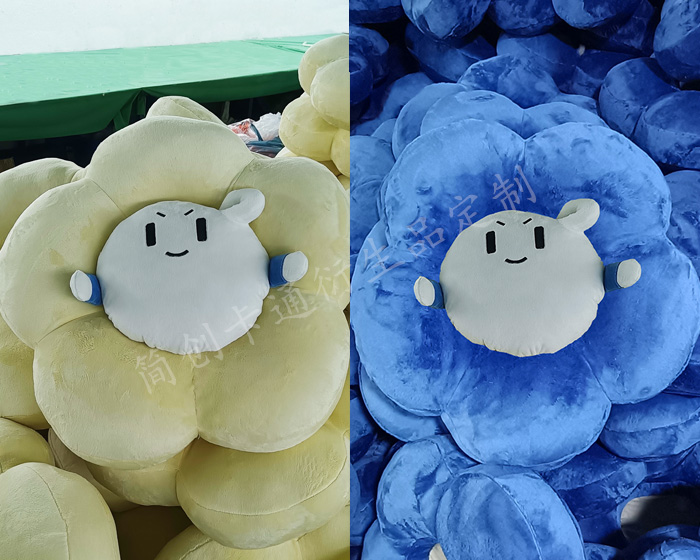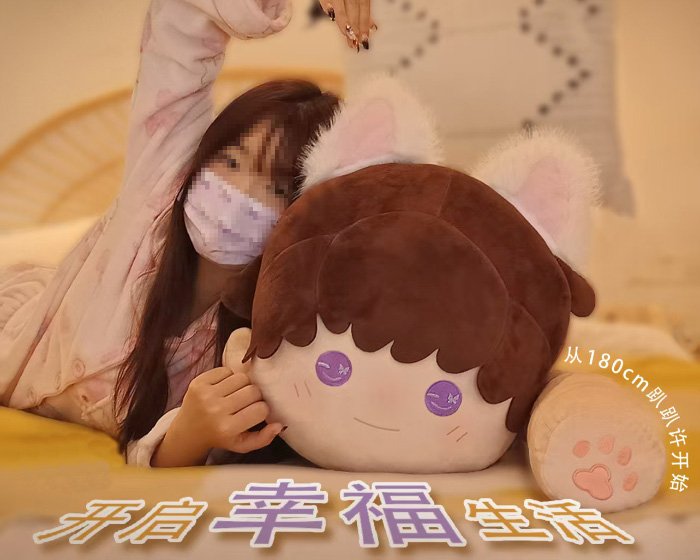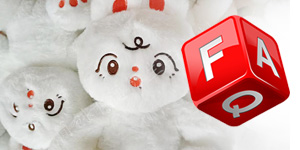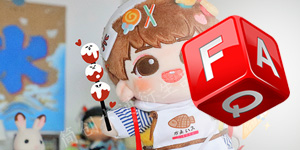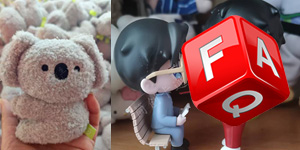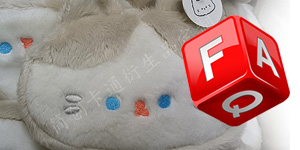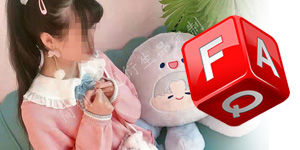Custom throw pillows can elevate the look of your couch and personalize your living space. However, many people encounter issues when designing or using them. From poor fit to durability problems, these challenges can affect both aesthetics and functionality. Below are the most common problems with custom throw pillows for couches—and practical solutions to address them.
1. Wrong Size or Proportion
Problem:
One of the most frequent issues is choosing the wrong pillow size for the couch. A pillow that’s too small may get lost on a large sofa, while oversized pillows can overwhelm a small seating area. Mismatched sizes among multiple pillows also create a disjointed look.
Solution:
Measure your couch and consider its proportions before selecting pillow sizes. For standard three-seater sofas, mix 18”×18” and 20”×20” pillows. For larger sectionals, incorporate 22”×22” or 24”×24” pillows. Use odd numbers (like three or five pillows) and vary sizes slightly for a balanced, intentional arrangement.
2. Poor Fabric Choice
Problem:
Selecting the wrong fabric can lead to discomfort, fading, or quick wear and tear. For example, using delicate silk outdoors or stiff linen indoors can result in an uncomfortable or impractical pillow.
Solution:
Choose fabrics based on where the pillow will be used:
Indoor Pillows: Opt for soft, breathable materials like cotton, linen, or velvet.
Outdoor Pillows: Use weather-resistant fabrics like Sunbrella (acrylic), olefin, or polyester blends.
Check the fabric’s durability, texture, and comfort level to ensure it matches your needs.
3. Lack of Structural Support
Problem:
Low-quality or flat pillow inserts can make even the most beautiful pillow covers look saggy and uninviting. Overfilled pillows, on the other hand, can appear stiff and unnatural.
Solution:
Invest in high-quality inserts that match the pillow cover’s dimensions. For a plush look, use down-alternative or memory foam inserts. For a firmer feel, choose high-loft polyester fiberfill. Avoid overstuffing—inserts should fill the cover snugly without bulging.
4. Difficulty in Cleaning and Maintenance
Problem:
Many custom pillows, especially those with delicate fabrics or intricate designs, are hard to clean. Stains, spills, or everyday wear can quickly degrade the pillow’s appearance.
Solution:
Choose machine-washable fabrics when possible.
For delicate materials, opt for removable and washable pillow covers.
Use stain-resistant treatments or fabrics like performance polyester for easier cleaning.
Always check the care label and spot-test cleaning methods before applying them to the entire pillow.
5. Zipper or Closure Issues
Problem:
Poor-quality zippers or envelopes can make it difficult to remove or replace pillow inserts. Broken zippers or ill-fitting closures can render a pillow unusable.
Solution:
Use heavy-duty, metal zippers (not plastic) for durability.
Consider envelope-style backs for easy insert removal without zippers.
Ensure the opening is large enough to slide the insert in and out smoothly.
6. Color or Pattern Fading
Problem:
Exposure to sunlight, especially for outdoor pillows or those placed near windows, can cause colors to fade over time.
Solution:
For outdoor use, select UV-resistant fabrics like Sunbrella.
For indoor pillows, avoid direct sunlight by rotating pillow placement regularly.
Use fade-resistant dyes and consider darker tones if fading is a concern.
7. Mismatched Style or Theme
Problem:
Custom pillows that don’t coordinate with the couch or overall room decor can look out of place. Clashing patterns, colors, or textures can create visual chaos.
Solution:
Stick to a cohesive color scheme and choose patterns that complement (rather than compete with) your couch and room design. Use a mix of textures (e.g., velvet + linen) or tones (e.g., neutrals + accents) for harmony.
The following are some examples of plush pillows that our factory customizes for customers. Check out if there is one that you like best.







